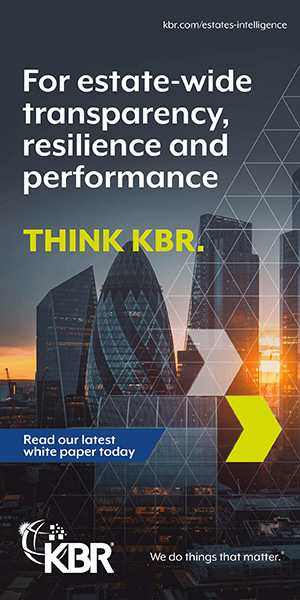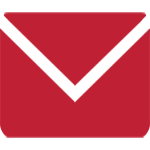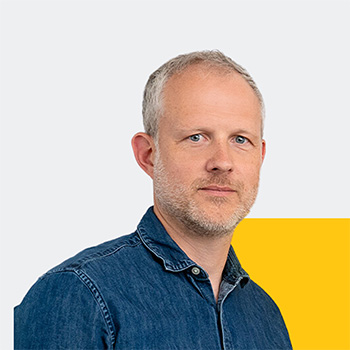
Scale, complexity and limited resources can feel like consistent constraints on progress across the public sector. But by taking a visual approach at every stage – from planning to implementation and communication – many public sector projects are benefiting from picture power. Here Dan Porter, co-founder of Scriberia, specialists in strategic visualisation, considers why drawing provides an unexpected solution to many of the challenges facing public sector leaders.
Every leader of every organisation talks about their vision. But how many of them have made it visual? We find there’s often a gap between the innate understanding of the usefulness of pictures, and the willingness to use them when it really counts.
Yet, in times of emergency or crisis, important, serious or perhaps life-saving messages are communicated visually. Instinctively, we know that when clarity and alignment are paramount, words alone can’t do the job like pictures can. But, you don’t actually have to wait for a crisis to think, work and communicate more effectively.
Over the last 15 years, Scriberia has carved a niche helping clients across the public sector – in local and national government, the NHS and beyond – to articulate plans, processes and programmes of change with the help of illustrations and animations.
When we started out, there was no doubt in our minds that large organisations of all kinds urgently needed simpler, clearer, more efficient ways to work and engage with information. But in the public sector, in particular, where the challenges of scale and complexity are ever-present, we have found a natural fit.
We use pictures not just to communicate key messages once they’ve been agreed upon, but to facilitate clarity and alignment among the key stakeholders of any project, from the outset.
We call this “vision mapping” – it’s a process, not a picture – and it’s been tried and tested by a growing number of public sector bodies to smooth the path from kick-off to roll-out. Through a series of workshops, we guide teams or groups of stakeholders through the creation of a single vision around which they can all align. Past projects have included vision mapping the Army’s operating model, the digital transformation of the Prison and Probation Service and Defra’s plans for biosecurity at our borders.
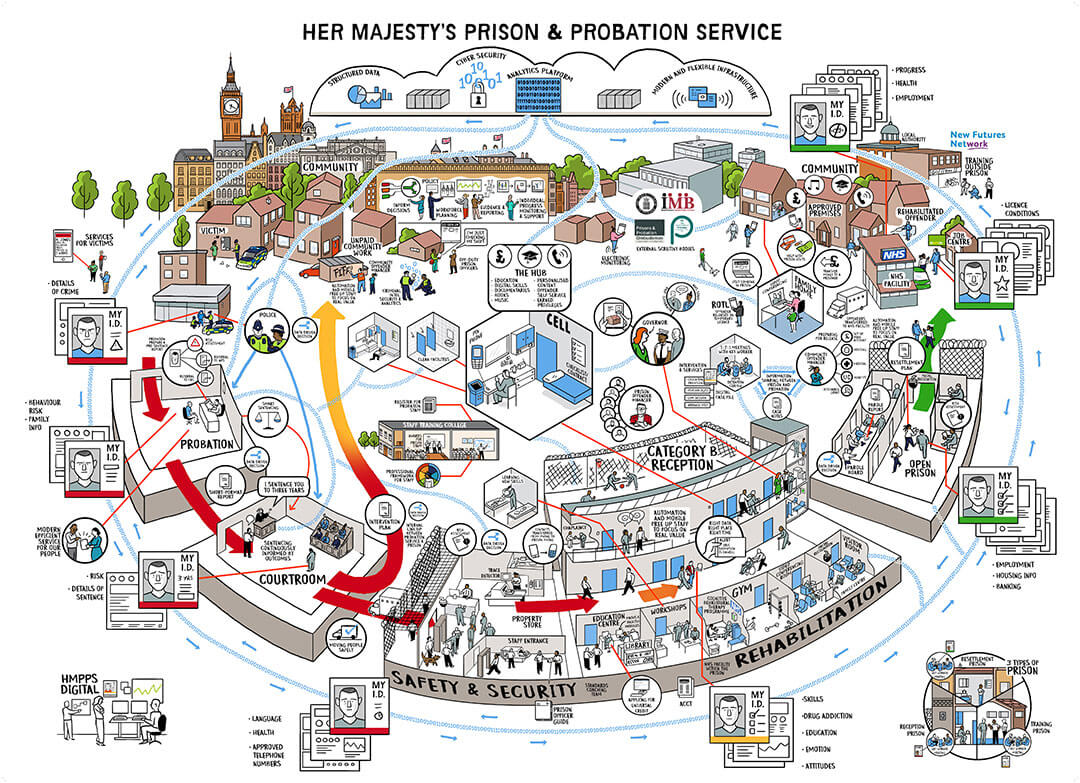
As these examples illustrate, the challenges our public sector clients face are enormous and complex. And when that is the case, the idea that a picture or an animation can help is occasionally met with scepticism.
But the key is balance. We focus on creating clarity, not simplicity. Vision maps – and indeed animations, infographics and all of the assets we create – need to be substantive to be useful: able to provide real answers while not being bogged down with every tiny detail. The bigger picture, if you like.
A successful vision map acts as a touchstone or a hub for a project, around which different people can build different narratives, and provide different levels of detail for different audiences – all tied together by one, clear, overarching vision. And, increasingly often, we build vision maps onto digital frameworks that enable greater interactivity and accessibility; with clickable elements leading to supporting information (in the form of videos, live data, progress reports, Q&As and more), all of which encourage users to dive deeper and gain greater understanding.
Engagement and understanding are, of course, key to the successful implementation of any strategic vision, which is why animated explainers provide an ideal complement to vision maps, to assist the delivery of a coherent and consistent message at scale. This is particularly relevant when you’re communicating to a large and distributed workforce.
But, whatever the final deliverable, our faith in drawing as a means of problem-solving provides a strong and simple foundation to all we do. Drawing is a brilliant decision-making tool; when you draw something, you make a series of decisions about what to put in, what to leave out and how things fit together.
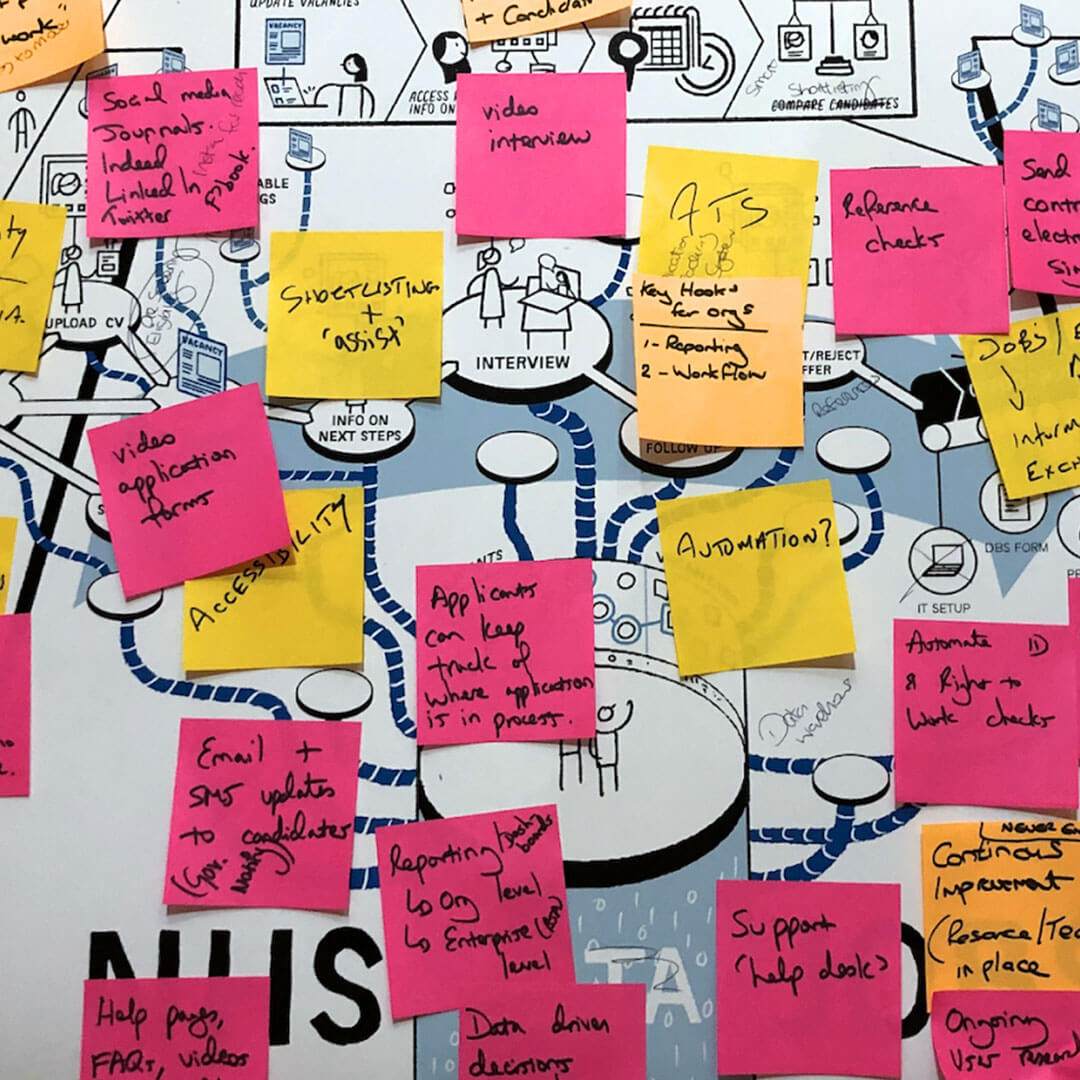
It’s ruthless, it’s unambiguous and it’s efficient. But it’s also a very human way to communicate, and provides the perfect catalyst for the kind of conversations that are so crucial when stakes are high, resource is at a premium, and priorities are many and varied. Having to work with colleagues on the creation of an image that precisely represents your shared aims will quickly expose areas of disagreement and demand everyone’s cooperation.
That’s why we never think of a vision map as ‘just a picture’: Because we know that all of our clients go on an incredible journey, from their first messy workshop to the moment they’re holding the finished image in their hands: a clear and engaging image that reflects and makes tangible all of the decisions they made as a team as they mapped their path to success.









